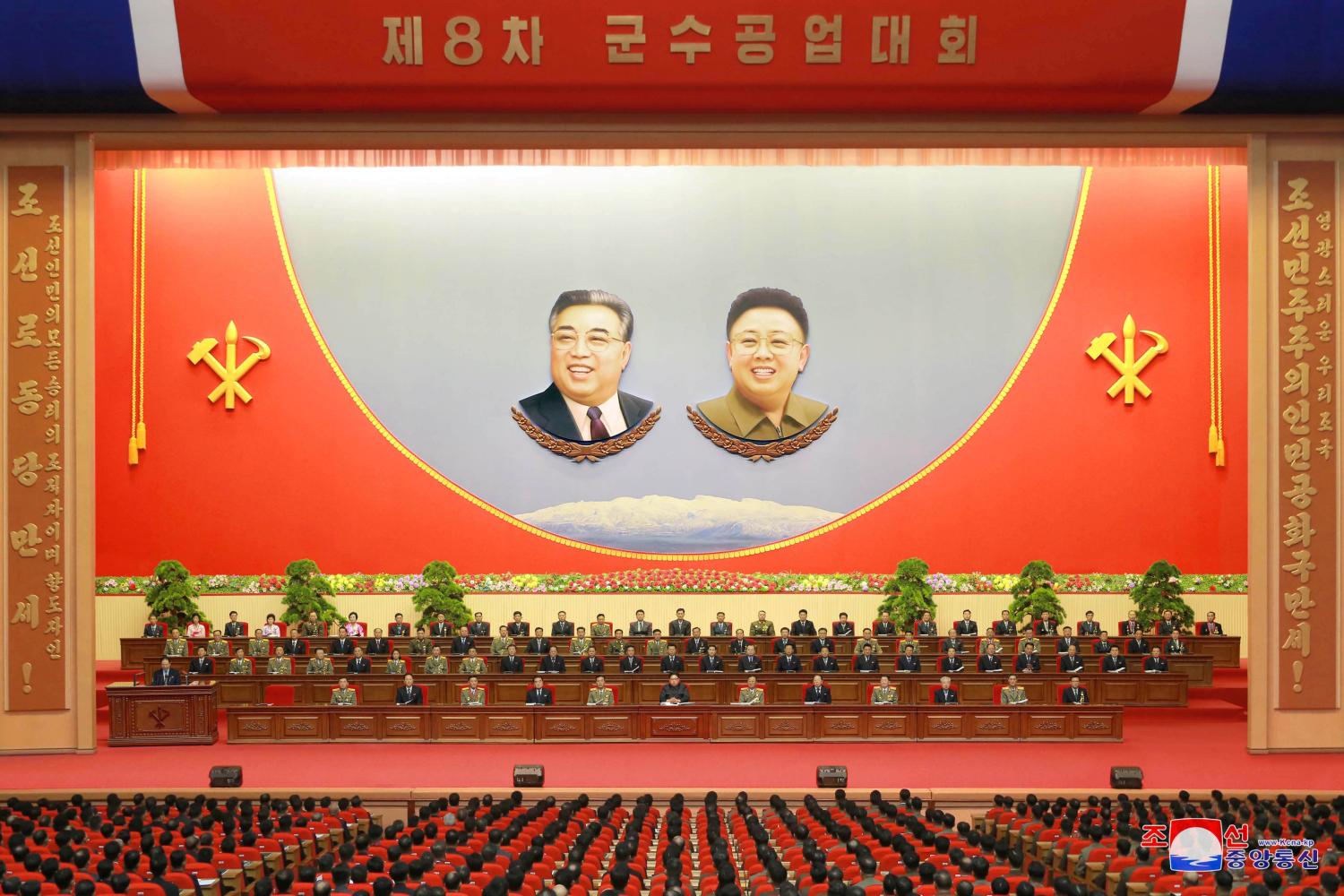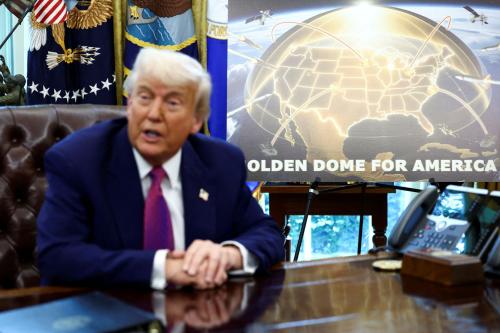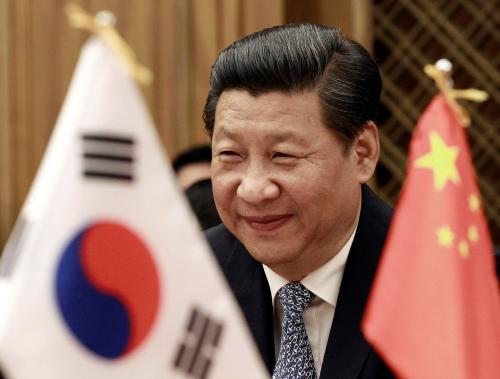Executive Summary
President Donald Trump’s speech in Seoul on November 7 and his success in persuading nations to support the U.S. campaign of maximum pressure on North Korea provide a compelling framework for addressing the threat posed by Pyongyang’s nuclear and missile programs. This brief assesses North Korea’s strategic intentions, evaluates risks and benefits of potential U.S. policy responses, and lays out a framework for an executable, whole-of-government strategy, using the president’s recent Asia trip as a launching pad.
- Kim Jong-un is unlikely to give up his nuclear weapons program, absent unprecedented pressure that succeeds in threatening the internal stability of his regime. However, there are ample policy opportunities as a result of the Trump administration’s policy of robust pressure to reorient Kim’s behavior and change his calculus.
- Neither a military strike nor an interim agreement toward a phased approach is likely to achieve denuclearization or full control of the North’s nuclear weapons:
- The military strike option exposes the U.S. and its allies to the possibility of a nuclear war or conventional conflict that could instigate an unintended military confrontation with China and inflict high political and economic costs to the United States. A phased approach to denuclearization could slow the North’s progress, but Pyongyang has a consistent record of violating past agreements and Kim has shown no interest in serious engagement leading to any type of meaningful accord that would limit his nuclear and missile capabilities.
- Instead, the president could build on his speech in Seoul by advancing a strategy that both incorporates new and unprecedented pressure tactics, and also resuscitates the idea of negotiations. A “supersized” version of the president’s maximum pressure campaign could include a menu of options that fall into three buckets:
- Strengthening international unity of action;
- Minimizing the threat from North Korea; and
- Increasing stress on the North Korean regime.
The Brookings Institution is committed to quality, independence, and impact.
We are supported by a diverse array of funders. In line with our values and policies, each Brookings publication represents the sole views of its author(s).





